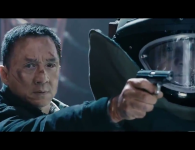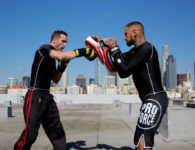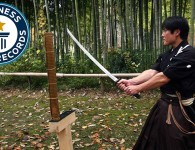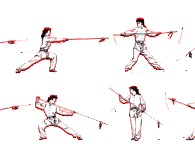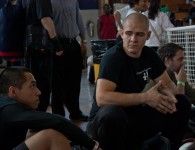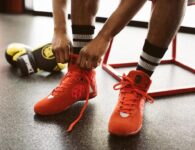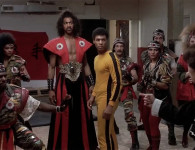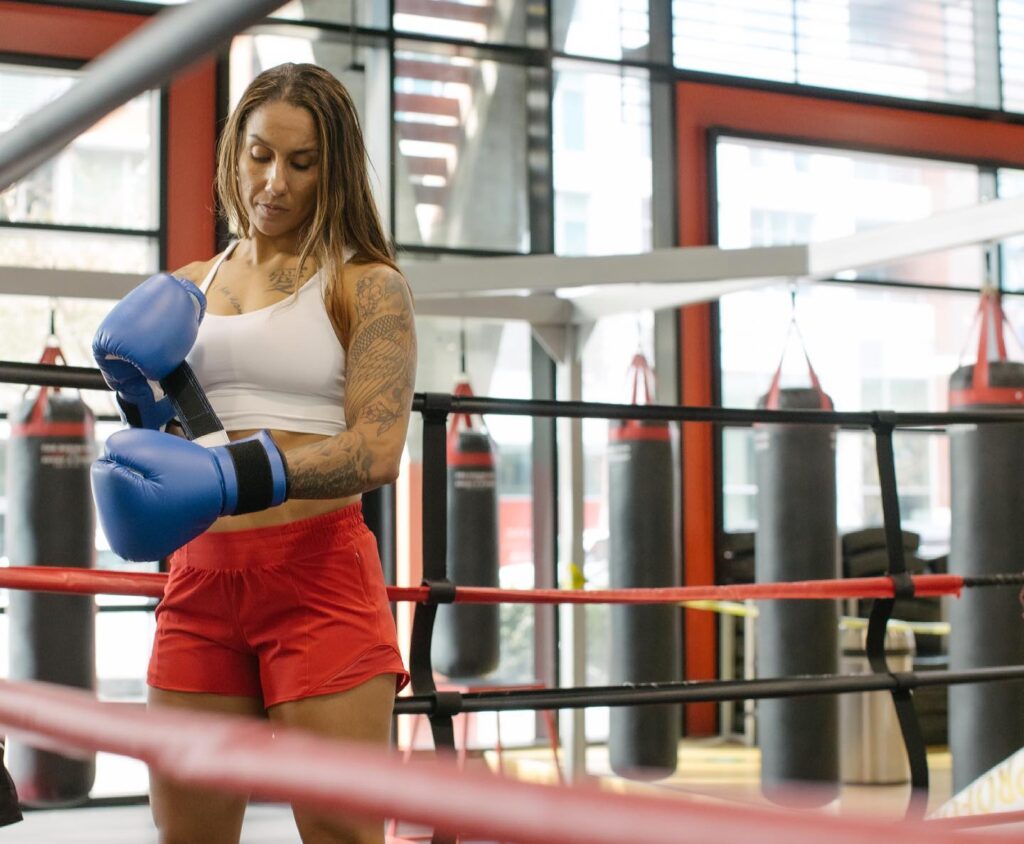
Whether you’re starting your own boxing gym or adding boxing training to an existing fitness facility, you’ll need two things: the best instructors and the best equipment.
Employing good coaches and boxing instructors plays an important role in attracting and keeping clients. Having top-of-the-line boxing equipment is vital to attracting and retaining the best employees and clients. Basically, to attract the best, you need to provide them with the best.
But figuring out the type of equipment you’ll need and how much of it you’ll need can be a challenge. What kind of boxing gear creates the best training space? And how do you choose the best equipment for your boxing gym? We’ve put together this guide to help you figure it all out.
We’ll look at everything you’ll need to make your dream gym, including suggestions for boxing lessons, sparring sessions, and optional cross-training. Here’s what to keep in mind when you’re choosing the best equipment for your gym:
Technique and Conditioning Training

The following equipment will be the foundation of any good boxing gym or boxing program.
A Ring:
If you’re going to run a boxing gym, a boxing ring is essential. If you’re running a boxing fitness or boxercise program out of a more general training space, a ring can also be an enticing bonus to your offerings. There’s a hotel on the Las Vegas strip that has a boxing gym in the back of their gym space, and the staff have noticed that it attracts both travelling fighters and curious fitness buffs. To find the best ring for your space and clientele, we recommend working with a trustworthy ring manufacturer. Don’t be afraid to ask your colleagues in combat sports and fitness for recommendations.
Heavy Bags:
A punching bag is a vital tool for any boxing gym and an effective tool for fitness boxing programs. And they’re multi-purpose, which makes them a solid investment for any gym. Heavy bags can be used to improve technique, build power, and develop better balance, coordination and cardio. They can be used in group settings, fitness classes, partner drills, one-on-one coaching, and independent training. ProForce offers a wide variety of hanging and free-standing bags that can suit any gym space and any training needs. Visit AWMA.com for more information.
Speed Bags:
Speed bags are also a valuable piece of equipment for boxers and fitness enthusiasts. Speed bag training can significantly elevate hand-eye coordination, improve your punching accuracy, increase your punching speed, develop your shoulder and arm strength and endurance, up your cardiovascular endurance, and positively challenge your mental focus. In addition to being a useful training tool, they also don’t require a lot of space, which makes them a great choice for smaller training studios looking to expand their strength and conditioning options for their clients.
Focus Training Equipment:
Focus training equipment is as practical as it is useful. It doesn’t take up much storage space at all and has a huge range of applications for traditional boxing workouts, boxercise, martial arts training, and general fitness classes. Pad work is great for improving striking and defensive skills as well as muscular and cardiovascular endurance. It’s also fun, which makes it a good choice for personal trainers and instructors looking to beef up their boxing-based fitness programs.
Boxing gyms will need to have multiple pairs of focus mitts available for their members. As a general rule, you should calculate the maximum number of students you’ll have per class — or max number of members you can accommodate in your gym — and invest in at least one pair for every other person. It can’t hurt to keep a few extra backup pairs around, either. Boxing equipment is built to endure a lot of wear and tear, but communal gym use will shorten its lifespan.
And you don’t want to be caught short. It’s also a good idea for gyms with boxing fitness programs to keep focus training gear like mitts and strike shields on hand for their clients. Fitness facilities that offer functional training gear can also benefit from keeping some focus training gear in the mix.
Gym Gloves:
Most people who are serious about their training will want to invest in at least one good pair of their own boxing gloves. But it’s always a good idea to keep some spare pairs of gloves in your boxing gym. They’re a useful recruitment tool, because prospective new students can use them in trial classes before signing up. But they’re also helpful for long-term members, because even the best of us forget to pack our gloves at some point and need to borrow a pair for a session or two.
If you’re building a fitness boxing program, you’ll want to determine whether you are going to ask your members to provide their own gloves for classes or whether you’ll provide them. For most general fitness spaces, having access to gloves without having to invest in your own pair will attract more prospective students to your classes. You can also consider offering a package deal where a pair of gloves comes free with the purchase of a package of classes or sessions.
Spare Handwraps:
This small but extremely important piece of gear protects the tissue and small bones in boxer’s hands when they train. They also absorb sweat during workouts, which makes them a useful tool even when you’re not participating in contact training. Boxercise is more fun when you’re not doing it in sticky, slimy gloves!
For hygiene purposes — and for comfort — you should encourage your members to bring their own wrist wraps to the gym or to class. But it could also be helpful to have some spare pairs on hand to loan out if someone forgets. You can also keep handwraps available for sale at the front desk.
Sparring

If you’re developing a boxing fitness program, you won’t have to worry about this next section. But if you’re choosing the best equipment for your boxing gym with the aim of training amateur and/or professional fighters, you’ll need sparring gear. Buying quality sparring gear will keep your full and semi-contact training sessions as safe and effective as possible.
Most serious boxers will have their own sparring equipment, but it’s useful to keep extra protection on hand in case anyone forgets to pack theirs. Or if a potential boxer wants to see if sparring is for them before they invest in all of the necessary gear.
Head Guards:
Boxing headgear is designed to protect its wearer from injuries to their face like cuts, scrapes, swelling, and bruising. It can also prevent cauliflower ear and other damage to the area. Some trainers also believe that headgear can provide a psychological benefit, especially to new trainees. Being able to try out sparring with a lower risk of facial injuries allows you to focus on your technique and develop your confidence. For all of those reasons, it’s wise to keep a supply of quality head guards at your gym.
Other protective gear:
Most other protective gear should be purchased and use by the individual for hygiene and safety reasons, but it might be useful to keep some spare pieces like a groin protector around for emergency use. It might also be helpful to keep a stock of mouth guards for sale at the front desk.
Cross-Training

You will definitely need a solid jump rope selection if you’re running a good boxing gym. Jumping rope is an essential part of boxing warmups and cardio and coordination drills. Beyond that, you don’t really need any cardio or strength equipment, but any you do invest in could attract more clients. Being able to get your boxing training and a full body workout all in one place is a big selling point for a lot of prospective gym members.
Here is some basic cross-training gear to consider when you’re choosing the best equipment for your boxing gym.
Strength Training Equipment:
If you have an area of your space that you want to dedicate to cross-training, your best idea is to invest in free weights and benches. Smaller space options include a cable machine or a suspension training setup. You might also want to consider a functional training space with smaller equipment like medicine balls, kettle bells, flex bands, and stability cushions.
Cardio Equipment:
If you have the space for dedicated cardio equipment, one or two treadmills is probably going to be your best choice. Other options include elliptical trainers, stationary bikes, erg bikes, a rowing machine, or a Jacob’s Ladder. If you don’t have the room for dedicated cardio machines, you still have cardio options, though. Just make room for jump rope and body weight drills in your training space.









